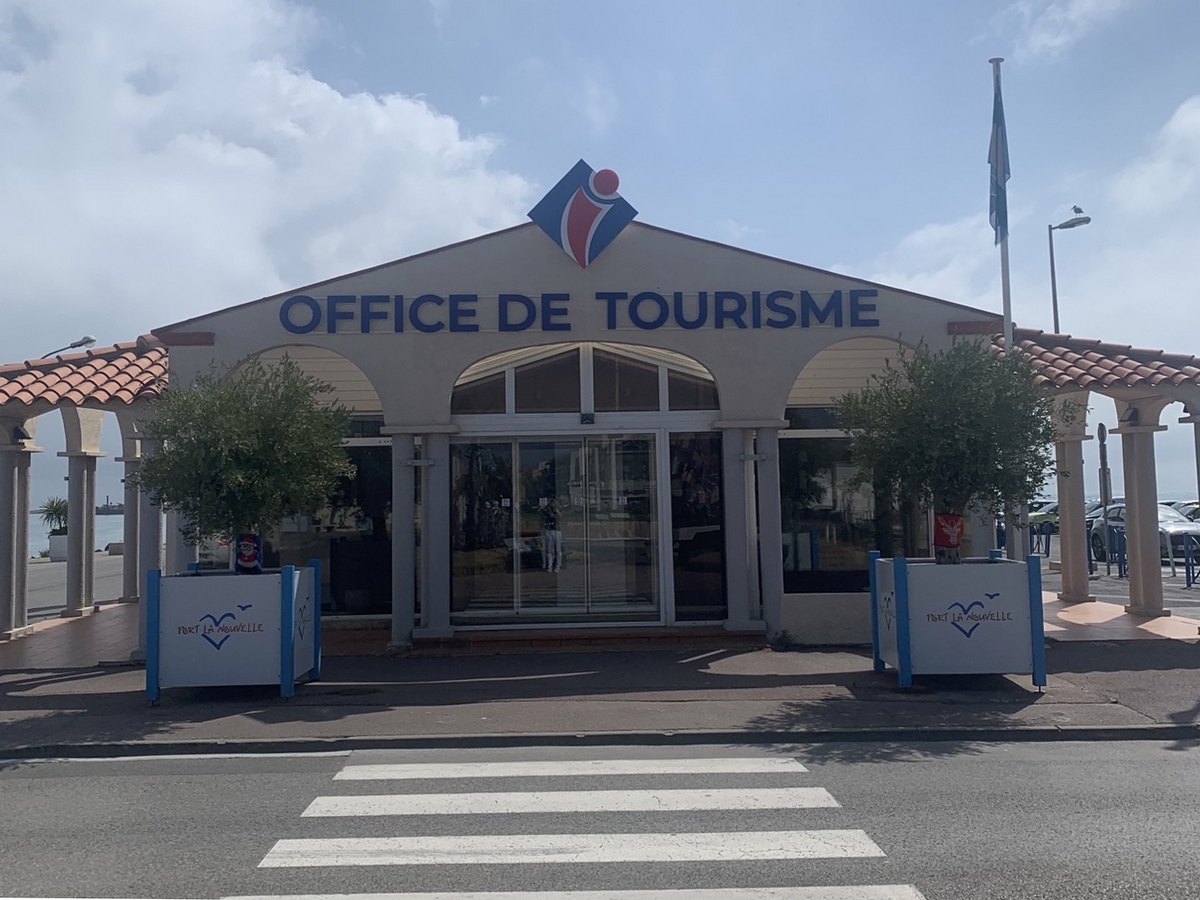
Port-la-Nouvelle
Port-la-Nouvelle is where the Canal de la Robine flows into the Mediterranean Sea.
A town transformed into a seaside resort
Considering the decline of inland waterway transport on the Canal de la Robine due to competition from the railroad, in 1857 the new town was connected to the regional rail network thanks to the construction of a new train station on the railroad between Perpignan and Narbonne. From then on, business began to diversify and the town developed into a seaside resort, popular for its casino.
In the mid-20th century, the town changed names and became 'Port la Nouvelle' once again.
After Sète, the commercial port here was the second busiest on the French coast of the Gulf of Lion. Both the rail and marine networks were precious assets in the development of this port, which continued throughout the whole of the 20th century. Just like Sète, the port is owned by the Occitanie region today.
Since the 19th century, Port la Nouvelle has been a popular holiday destination with its beautiful sandy beach stretching for over 10 km.
The construction of a port in the early 19th century
In the early 19th century, a port named Port-la-Nouvelle was built at the location of a defence tower and fishing village at the mouth of the Canal de la Robine and Bages lake.
Little by little, a town took shape and people came to live on the right banks of the commercial port. Later, a cemetery was built, then a post office and the current church of Notre-Dame-de-Bon-Voyage. On 21 July 1844, a decree from Louis-Philippe declared the birth of the town of 'La Nouvelle'.
Contact Port-la-Nouvelle Tourist Office
Contact
and information
OFFICE DE TOURISME DE PORT-LA-NOUVELLE 1 place Paul Valéry
11210 PORT-LA-NOUVELLE
Tél : +33 4 68 48 14 81


